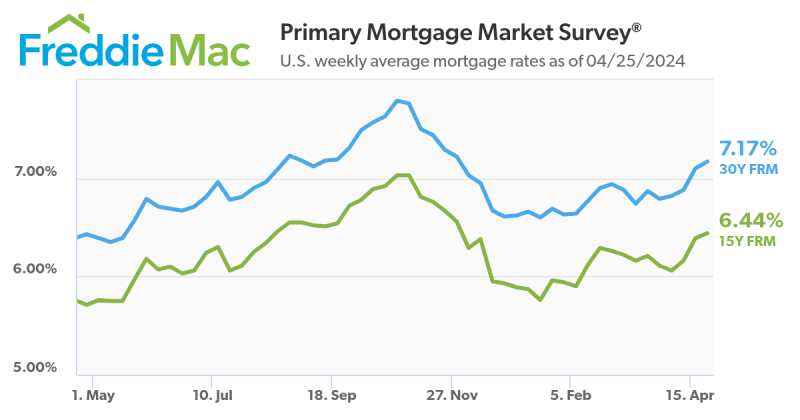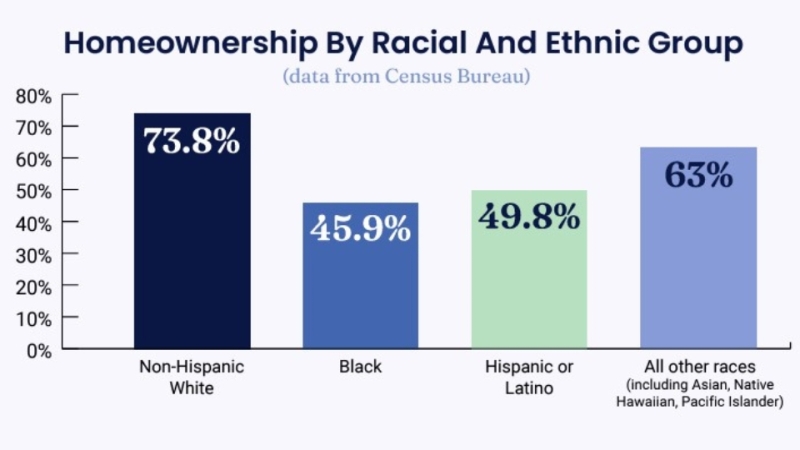Advertisement
CampusMBA partners with Insurance Advisors to offer live online workshop series for commercial/multifamily originators and servicers
MBA forecasts negative economic growth through first half of 2009MortgagePress.comMBA, economic forecast, Jay Brink
The Mortgage Bankers Association expects economic growth in the
second half of 2008 to be negative and remain negative through the
first half of 2009 before a modest recovery, according to the MBA's
latest economic forecast. MBA expects growth to pick up strongly by
the end of 2009 and over the course of 2010. MBA expects total
residential mortgage production in 2009 to be $1.67 trillion, down
from an expected $1.86 trillion in 2008 and $2.3 trillion in
2007.
"A recession appears to be underway, as evidenced in rising
unemployment, contracting manufacturing activity and declining
inflation-adjusted consumption spending. Credit markets continue to
be dysfunctional and the recent intensification of the credit
crunch is hitting an already weakened economy," said Jay Brinkmann,
MBA chief economist and senior vice president for research and
economics. "We expect residential investment to decline further
through the first half of 2009, due to the excess supply of houses
and weakened demand from the recession."
"Unemployment will likely accelerate," continued Brinkmann. "By
the end of next year, the unemployment rate will probably be around
7.7 percent and remain elevated through most of 2010 before heading
down again."
"The rates on fixed-rate mortgages have picked up recently to
near 6.5 percent in response to policymakers' programs for banks
recapitalization and insurance of financial institutions. We expect
long-term rates to decline from their current levels as massive
liquidity injections by central banks around the world and other
policy actions work through the system and demand increases for
long dated debt," said Brinkmann.
"The 30-year fixed-rate mortgage yield should trend modestly
lower, averaging 6.0 percent in the current quarter and remaining
near that level through 2009 before trending up modestly in 2010 as
the economy gets stronger," said Brinkmann.
Following are the key points of the latest MBA forecast:
• Real GDP growth will average about 0.3 percent in 2008,
0.1 percent in 2009 and 3.4 percent in 2010. However, growth will
be negative in the 4th quarter of 2008 and the first two quarters
of 2009.
• The unemployment rate will increase from the current
level of 6.1 percent to about 6.5 percent by the end of 2008 and
steadily increase to about 7.8 percent by the first part of 2010
before declining by late 2010.
• Fixed mortgage rates are expected to average about six
percent in the fourth quarter and remain slightly lower through the
end of 2009 before rising modestly in 2010.
• Total existing home sales for 2008 will end up about 13
percent below those for 2007. Existing home sales are projected to
rebound slightly in 2009, increasing by about three percent. Sales
should increase by about six percent in 2010.
• New home sales for 2008 will be down by about 36 percent
relative to 2007. Sales are projected to bottom in the second half
of 2009 and rebound modestly in the second half. For all of 2009,
new home sales should post a decline of about 12 percent. Sales
should increase by about 25 percent in 2010.
• National average home price declines should continue
through most of 2009, with states like California and Florida
continuing to drive the national averages, but with a number of
other states showing more modest decreases. Median home prices for
new and existing homes are expected to be down about six to seven
percent for 2008. Prices should decline at a more modest rate of
about three to four percent in 2009 before rising slightly in
2010.
• Purchase originations for 2008 will be $912 billion,
about 20 percent below the 2007 level of $1,140 billion. Purchase
originations should rise about two percent in 2009, as existing
home sales recover and home price declines moderate. For 2010, we
expect purchase originations to increase about nine percent as home
sales increase strongly and home prices stop declining.
• Refinance originations will decline about 19 percent
from an estimated $1,167 billion in 2007 to $949 billion in 2008.
Refi activity will decline another 23 percent in 2009 before
increasing about four percent in 2010, as lending standards
ease.
For more information, visit www.mortgagebankers.org.
About the author





